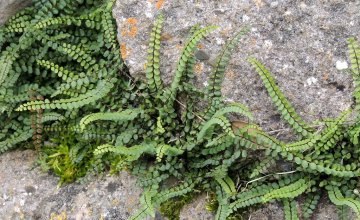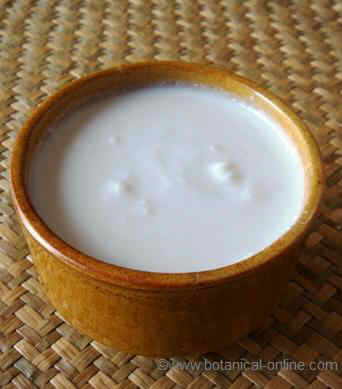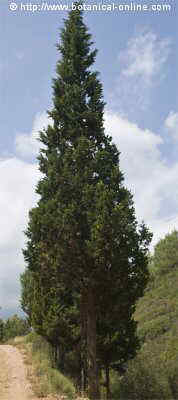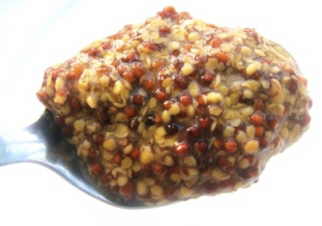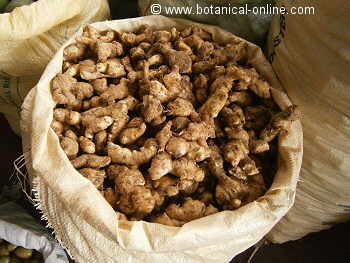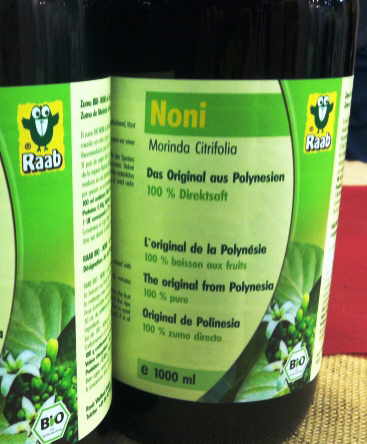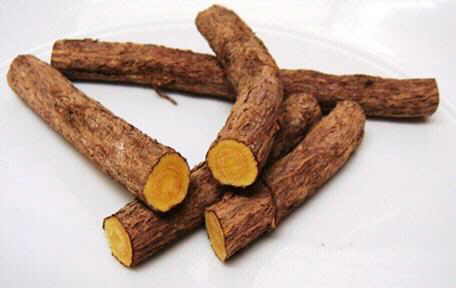Contents
How to realize an air layering
PLANT REPRODUCTION METHODS: AIR LAYERING
What is an air layering?
An aerial layering, or air layering also called Chinese layering is is a non sexual method to reproduce plants. It is used with woody plants and is carried out in spring using mature stems from the previous year or at the end of summer with stems of the same year. With this process you can reproduce, for example:
- Fruit trees such as lemon, fig, avocado, plum, apple, pear, olive, chestnut, pomegranate, quince, persimmon, litchi or guava,
- Other non-fruit trees such as box elder, birch, European nettle tree, Judas tree, ficus, magnolia, white willow,, mulberry, redwood, linden, etc.
- Shrubs such as rhododendron, strawberry tree, laurel, witch hazel, hibiscus, hawthorn, yew, holly, thuja, etc.
- Indoor plants, such as the corn plant, cassava
How to make an air layering
To do this, the following process is performed:
- Preparation of the mother plant: Cut the leaves and shoots of the chosen branch in the first 15 or 30 cm leaving the shoots and the final leaves.
- With a clean and sharp knife, remove a ring of bark less than 1 cm wide from the center of the clean part of the branch. On this cut, hormones are applied to stimulate root growth.
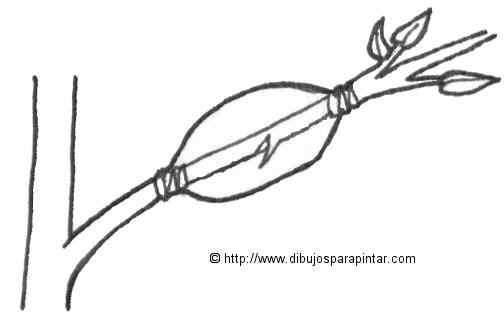
Drawing of aerial layering
Carrying out the air layer
After soaking a sphagnum moss overnight, take an amount covering the two hands wide open and distribute tightly around the branch. Consider the cut done previously as the center
- Once the branch is surrounded by the mass of sphagnum moss tightly compacted, cover it with a black plastic and fasten at both ends by means of twisting each of them with duct tape.
In order for the assembly to be well waterproofed, it is important that the insulation tape wraps the ends of the plastic well and hold part of the branch in contact with them. The plastic allows the assembly to be kept moist and not to enter the light. This type of coverage is important for those plants that find it harder to take root.
Other times it is done using a transparent plastic to surround the sphagnum moss and then covered with newsprint or foil.
Does an aerial layering need to be watered?
Yes, but there are even plastic devices on the market especially suitable for this task. These devices are provided with a water reservoir and have the proper system to open and see how the roots are developing.
If this water reserve system is not available, the interior must be moistened every 15 days, during the first two months. To do this you can inject water with a syringe without having to open the wrapping.
If it is black opaque plastic, newsprint or special device, the package should be opened after 60 days to check the formation of roots. After this period, the development will be checked every two weeks, being ready when the roots wrap sphagnum moss well.
How long does an aerial layering take to produce roots?
During the vegetative period the roots will be produced little by little. Typically root formation takes place between 2 and 4 months, although there are plant species that cost them more. Many fruit trees produce enough roots in late summer. Some plants like azaleas, magnolias or holly take up to a year.
How to separate an aerial layer from the mother plant?
In general, the separation of the aerial layer will be carried out after the summer latency period. To do this, the end of the chosen branch will be pruned first so that it has the same length as it had at the beginning of starting the layer.
Subsequently, using clean and well-cut pruning scissors, we will cut the branch and separate it from the stem. The plastic or sheets of newspaper will be removed and the moss will be sponged.
Once separated, an air layering should be planted in a pot with soil for cuttings. (Made with equal parts of peat and coarse sand) The layer will be placed inside and the roots will be covered well with the compost so that it holds them well but that is not too tight to let the sphagnum moss and the roots breathe. Finally, the pot will be stored in an illuminated place, sheltered and protected from the sun, so that rooting can take place properly.
![]() More information on plant cultivation.
More information on plant cultivation.

